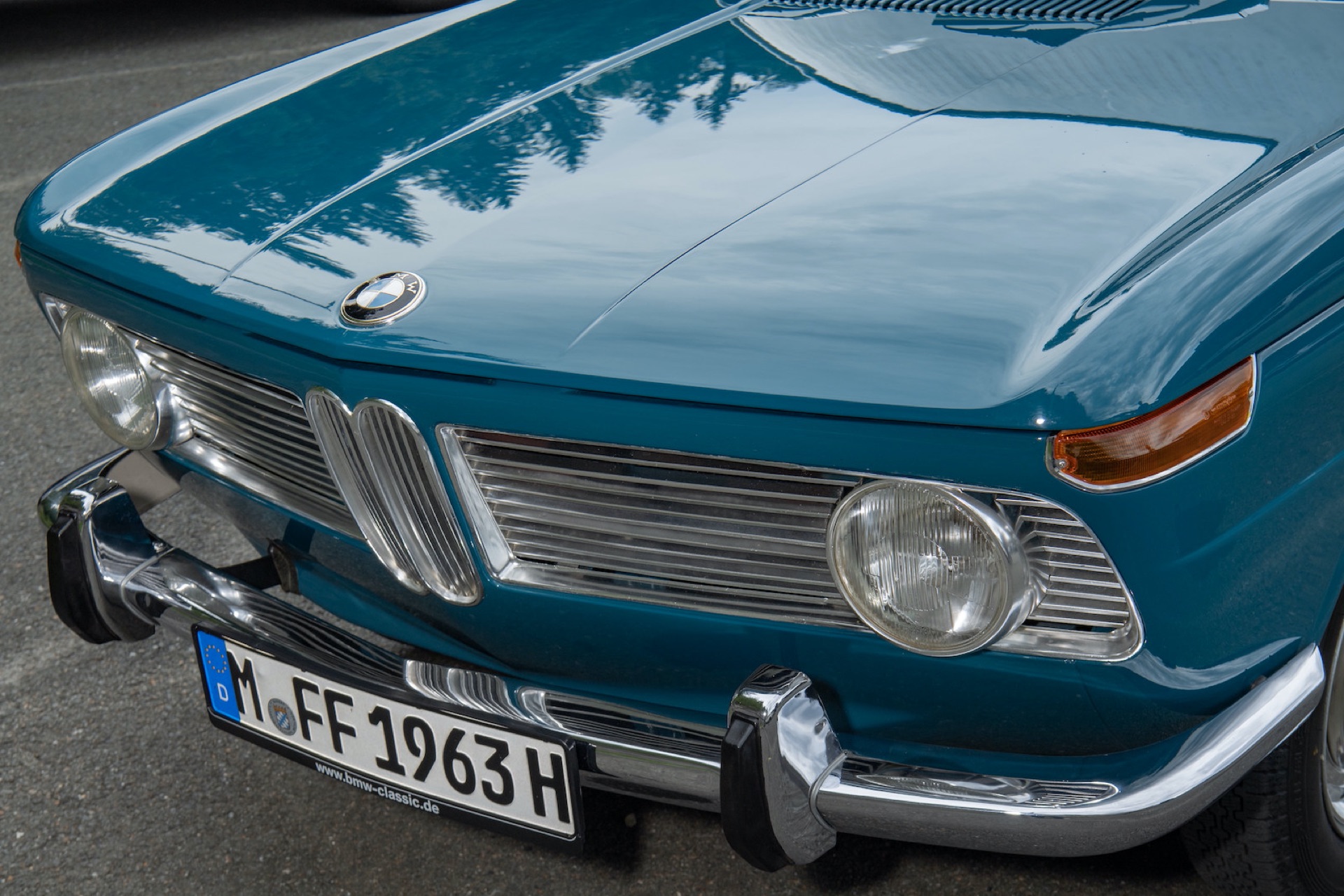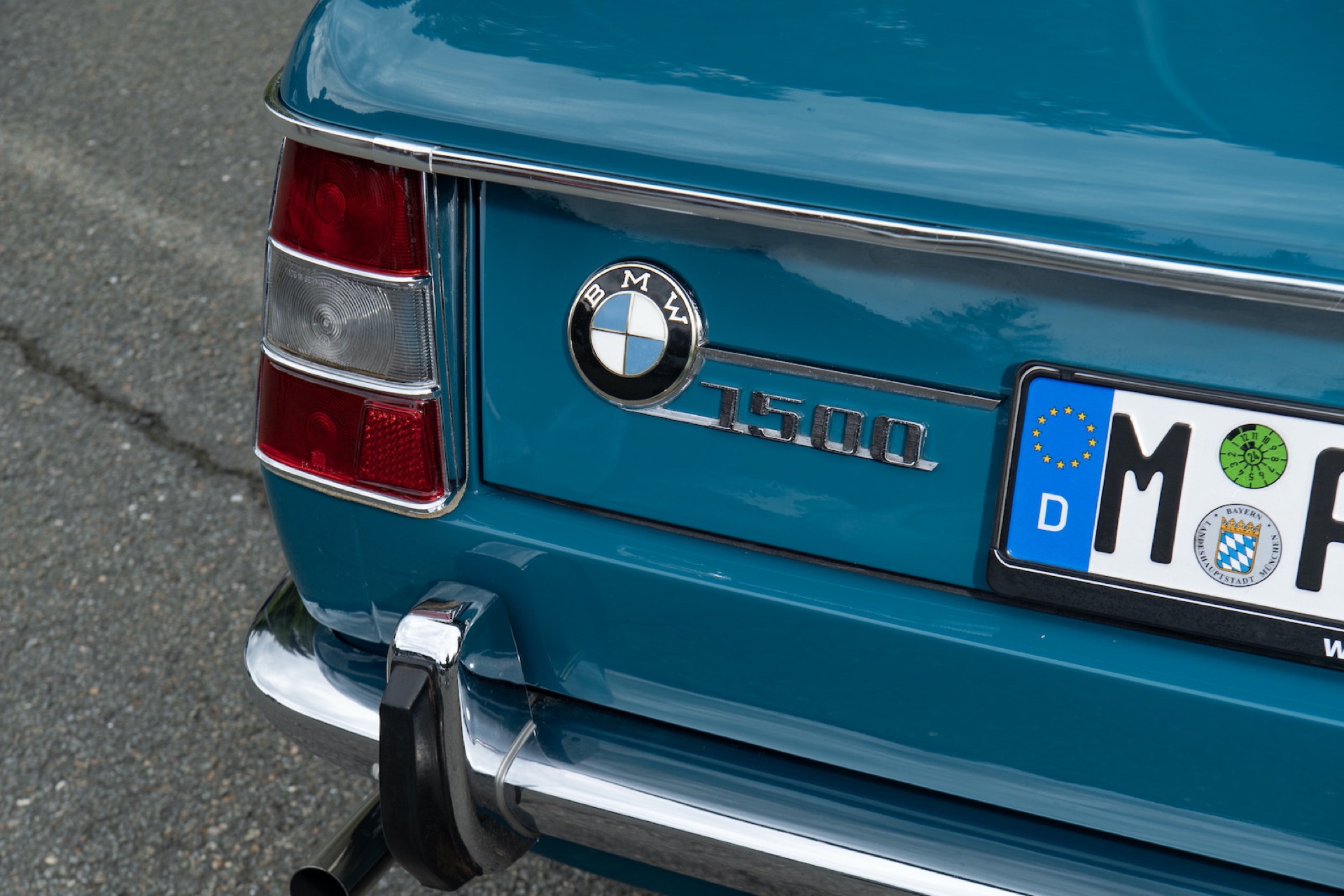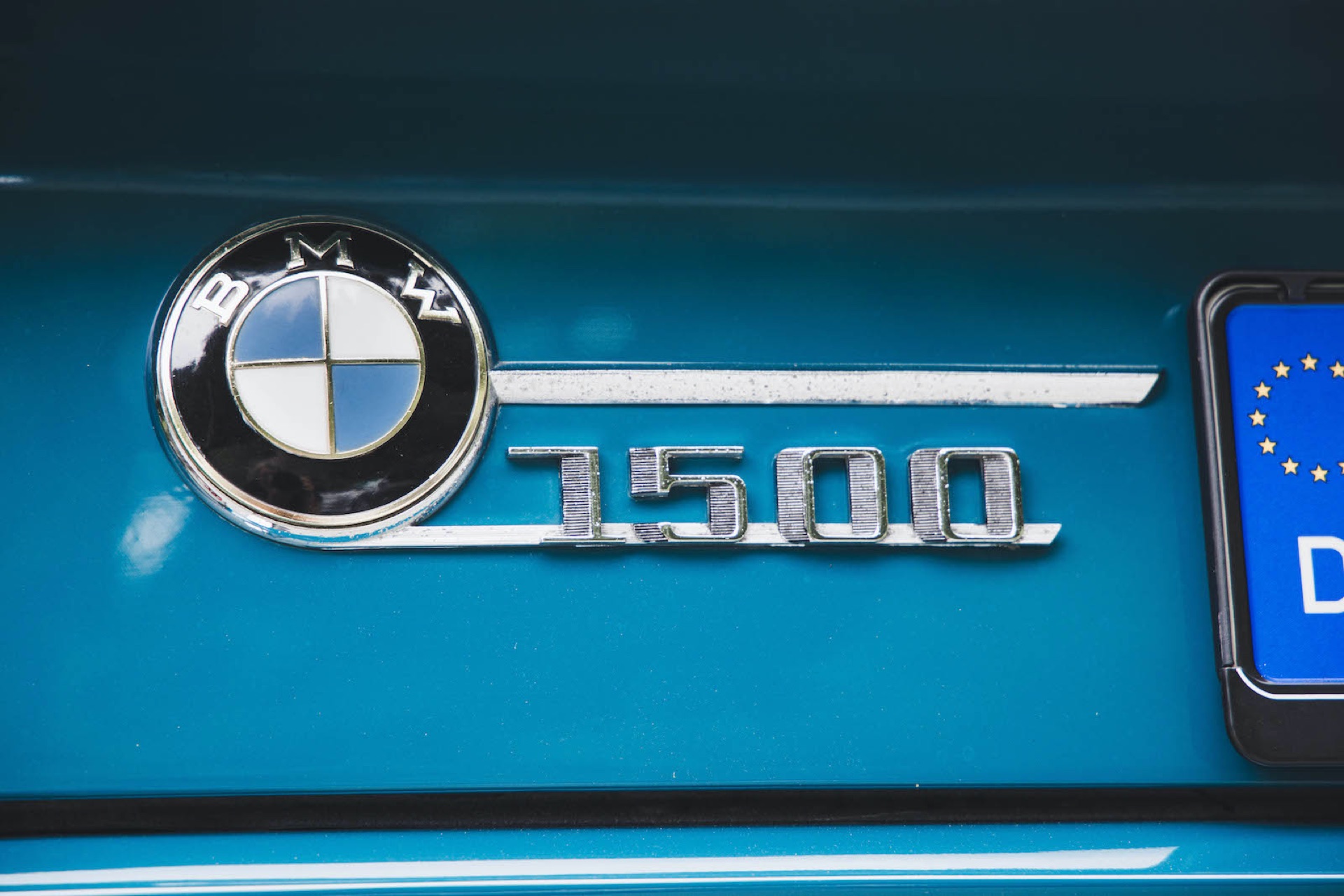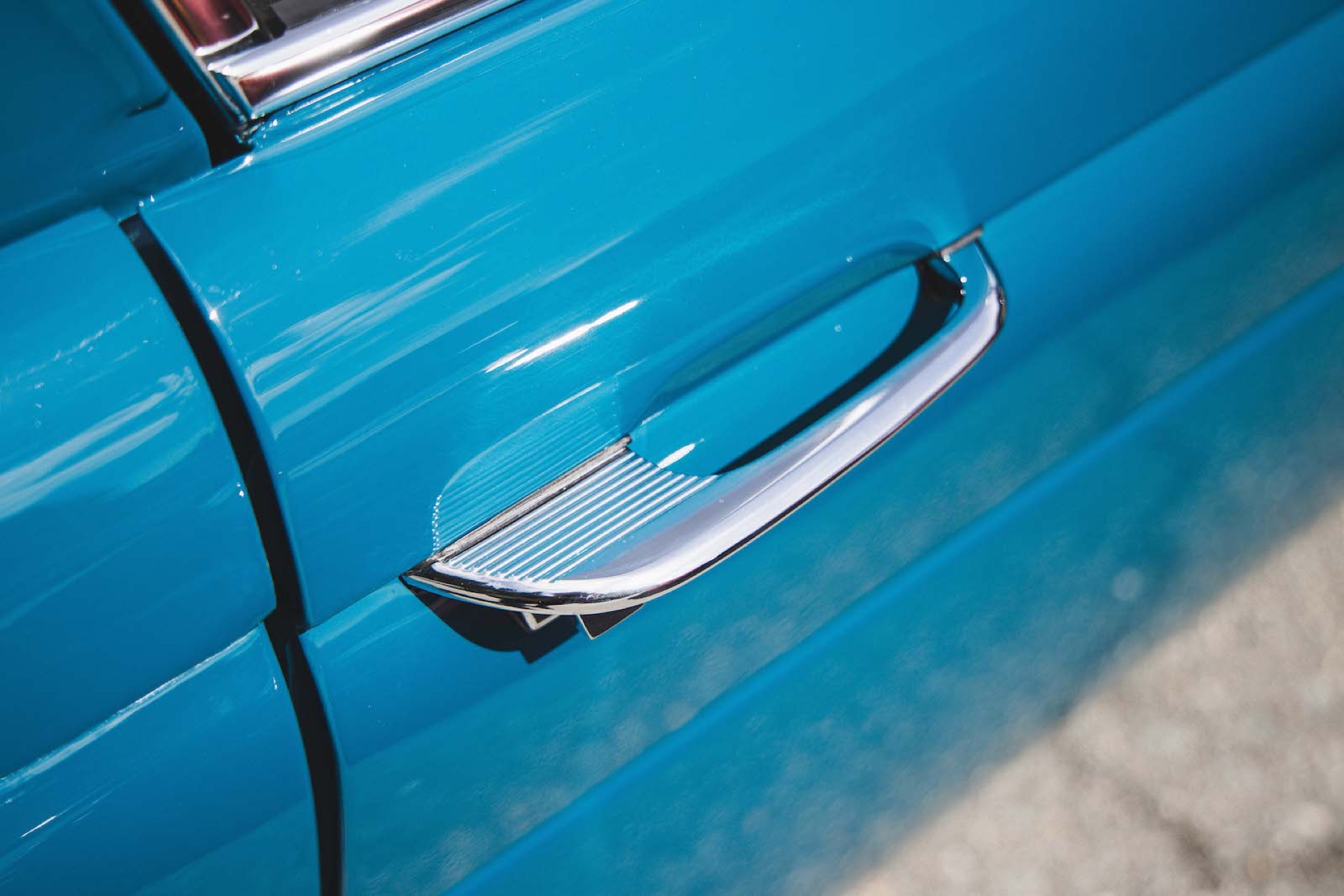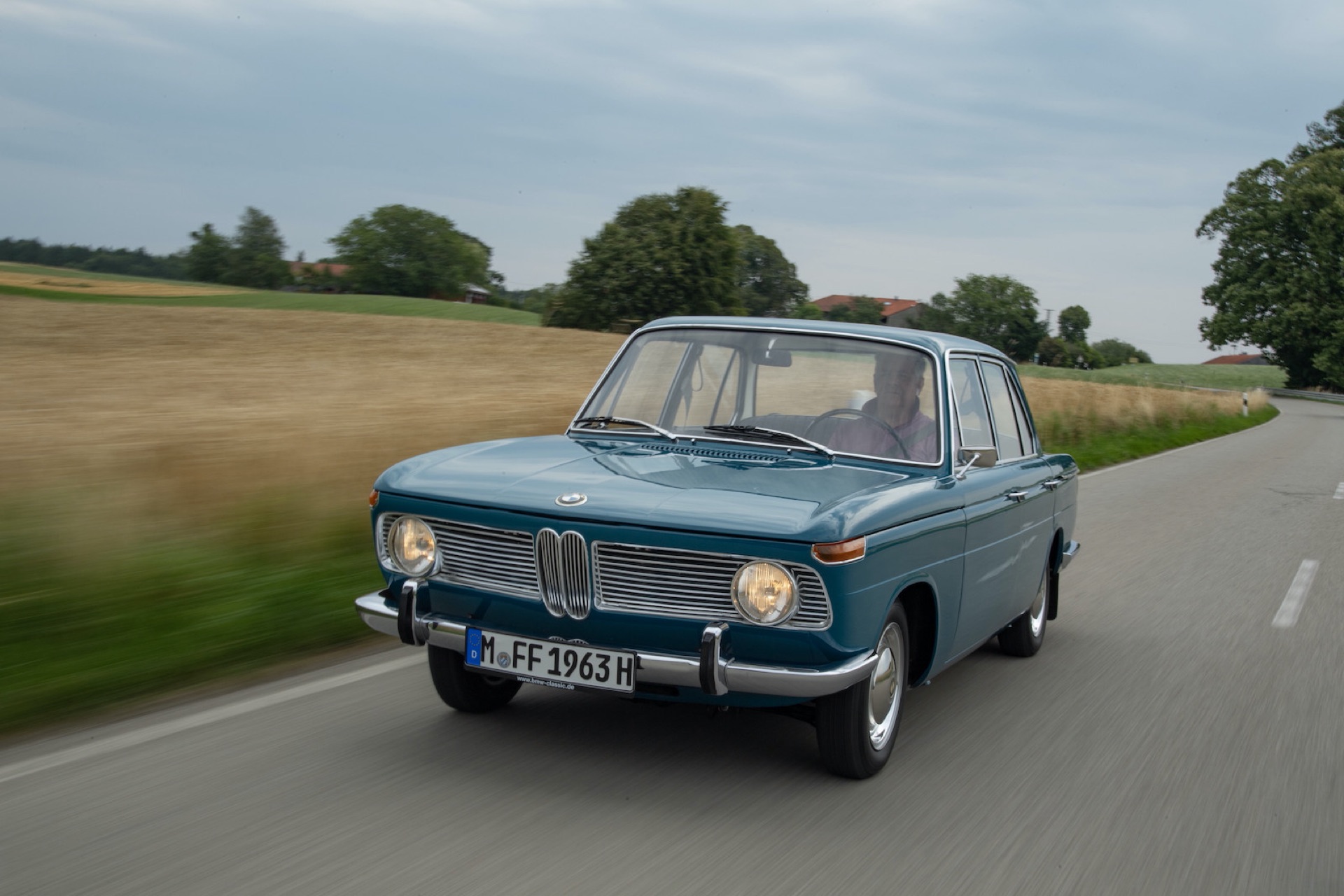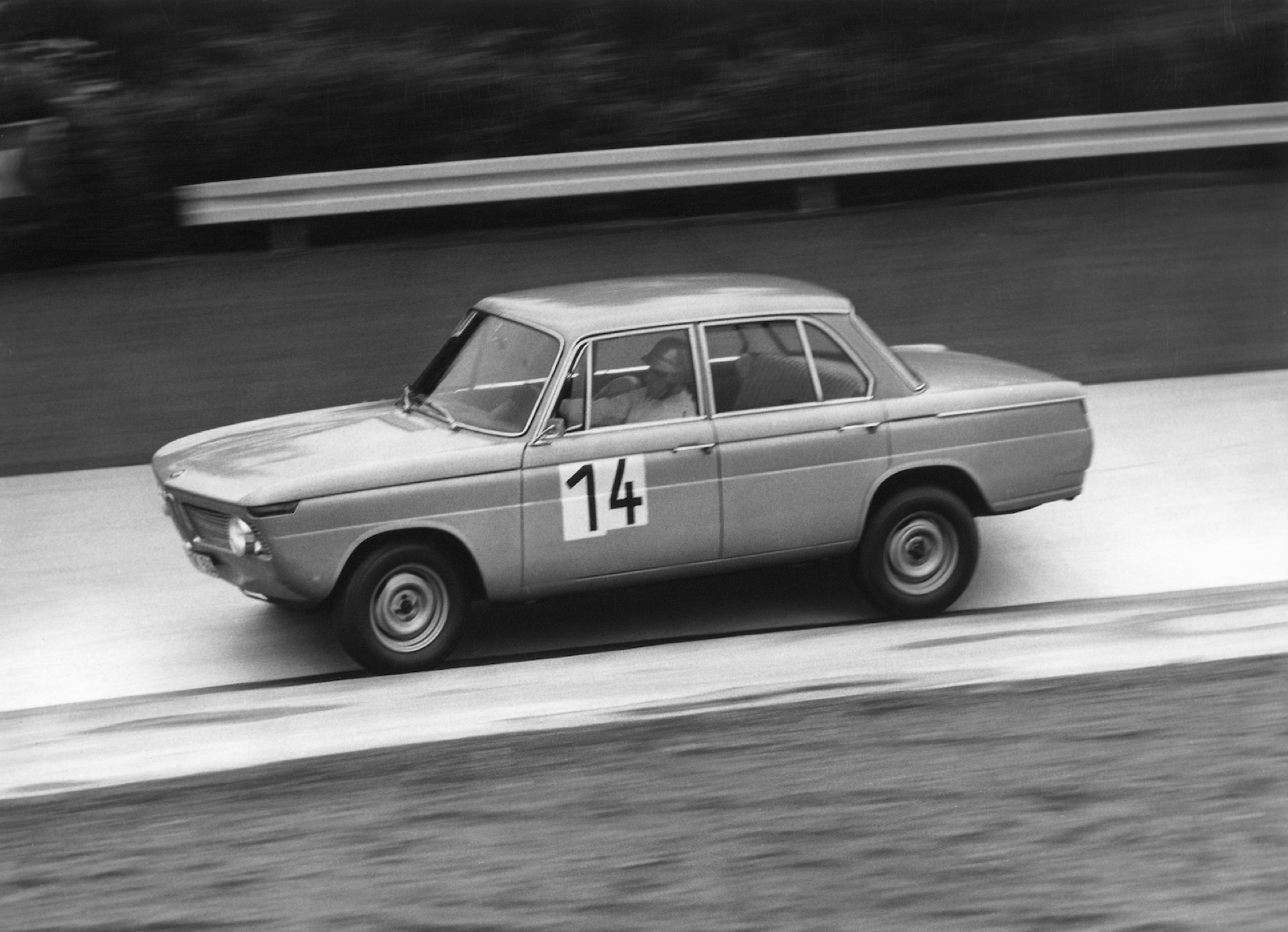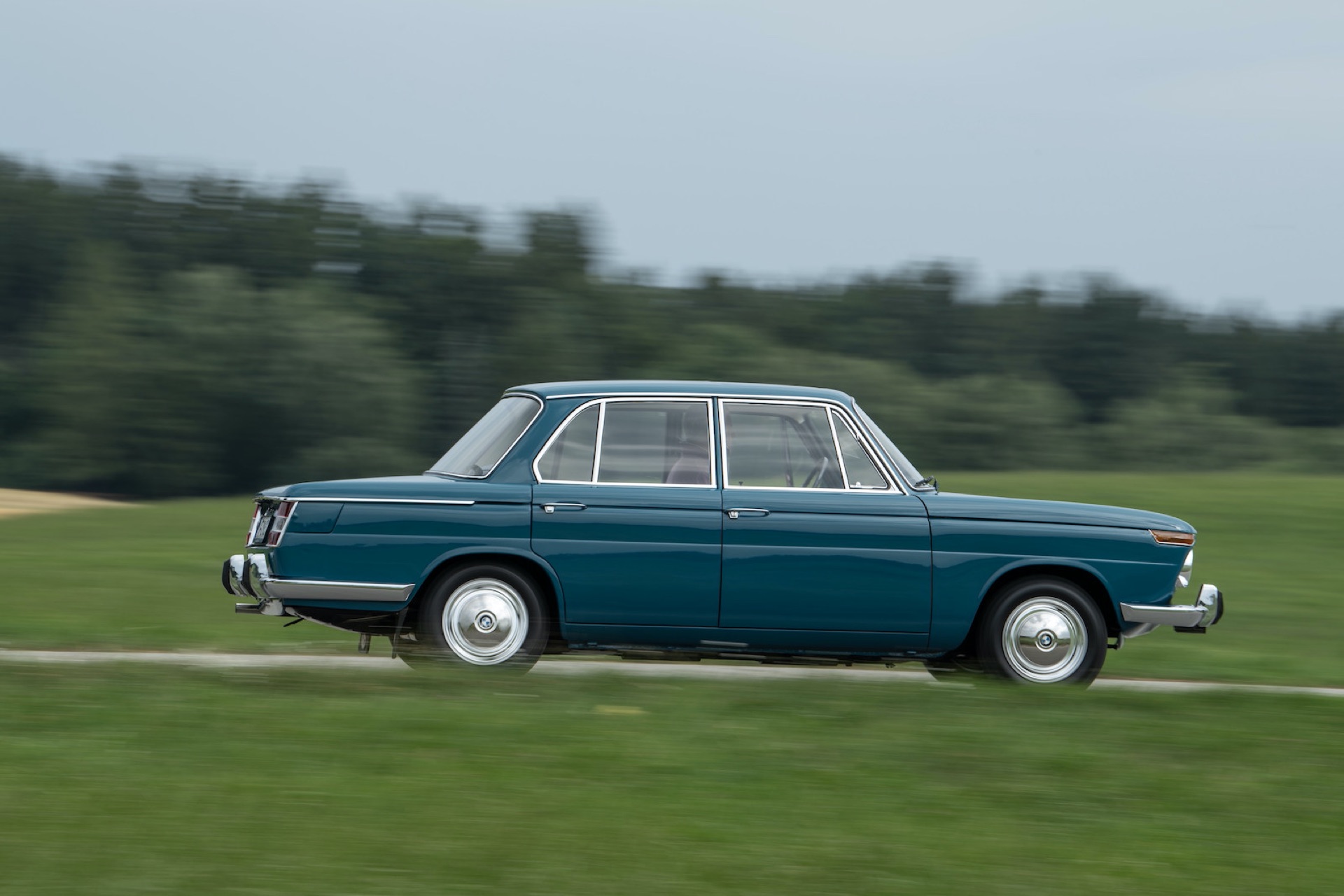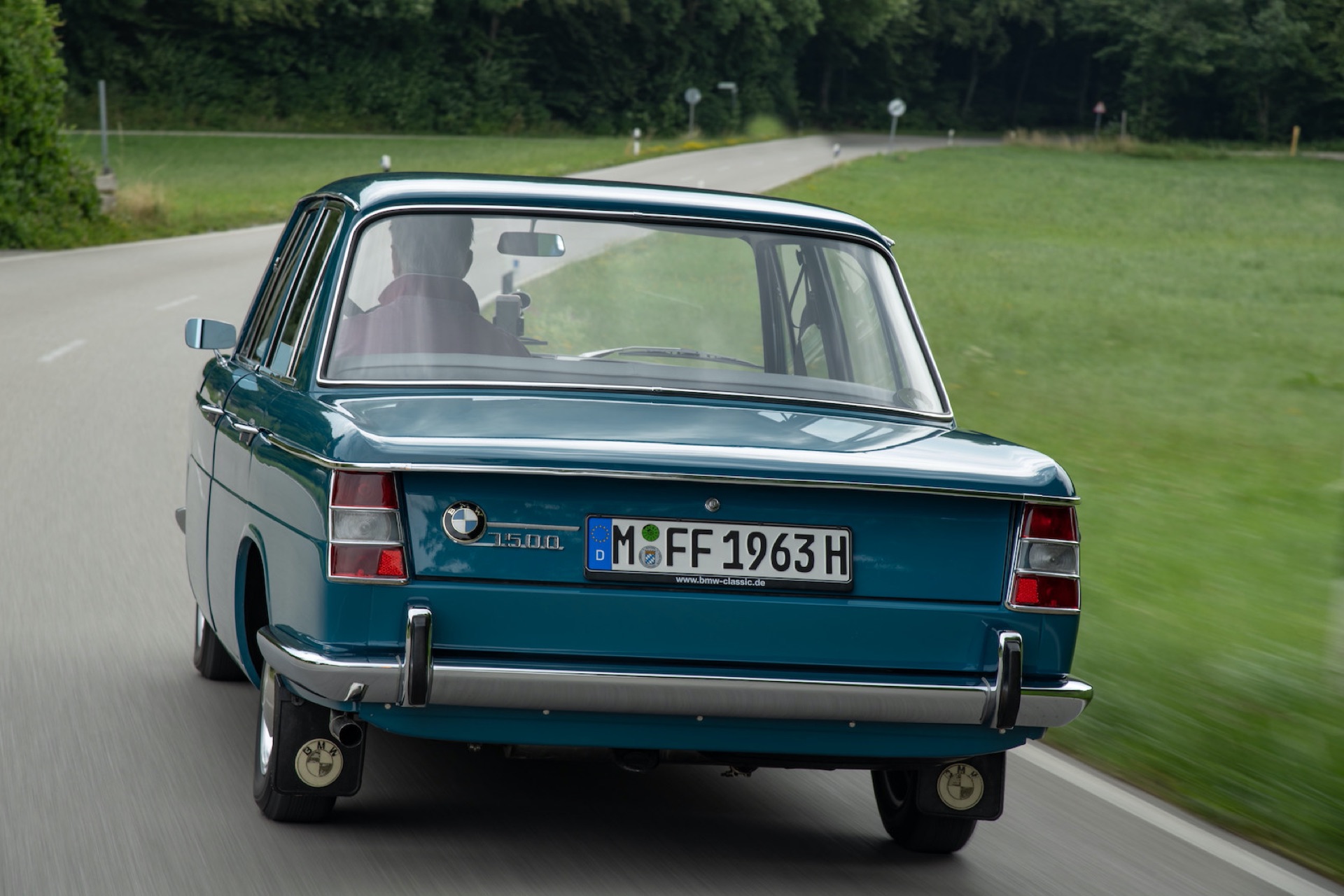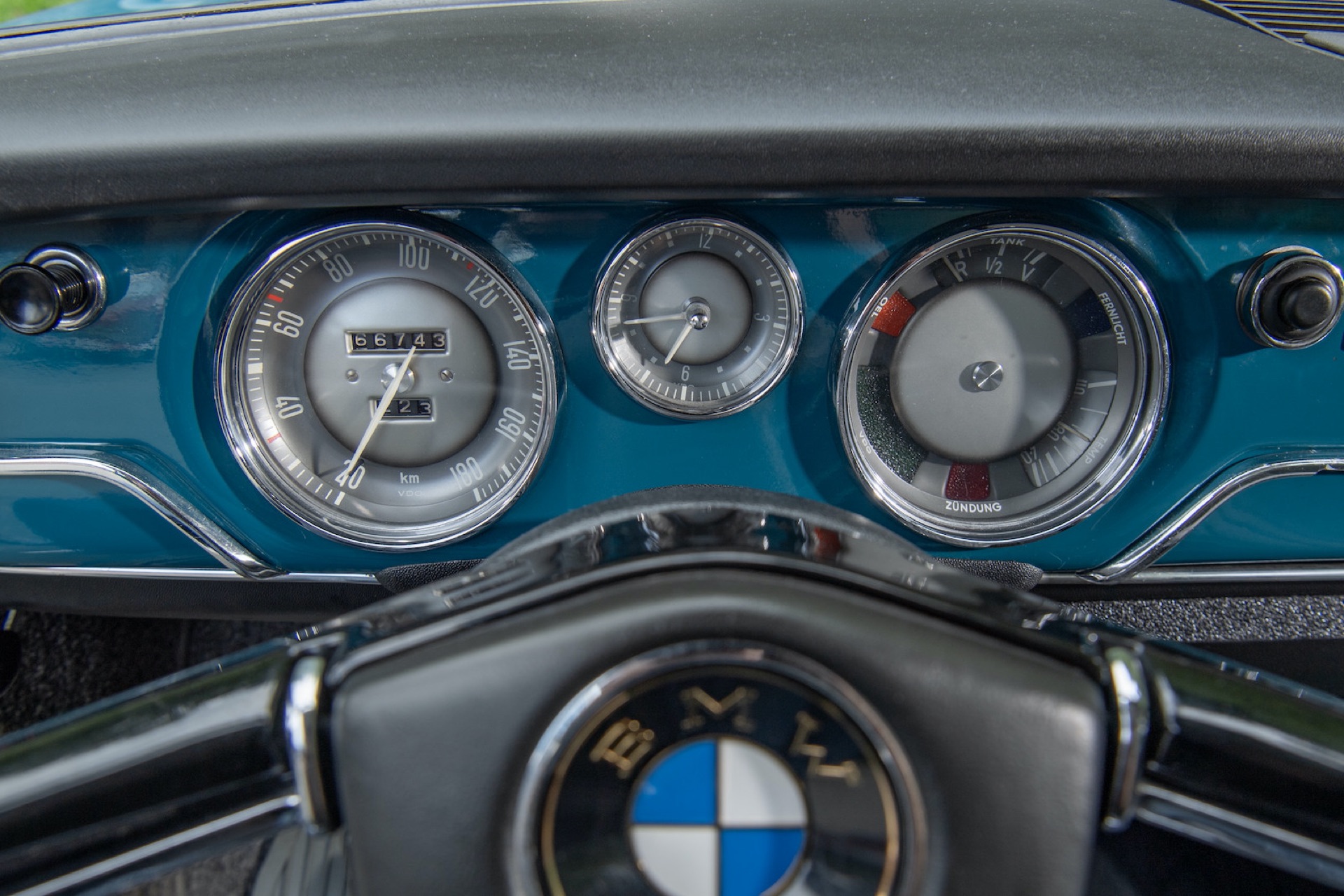BMW’s grand ambition in the coming years is the launch of the so-called “New Class,” slated to hit the market in 2025 with the next generation of the electric 3 Series. The “New Class” first appeared in the early 1960s, and expectations for it were similarly high at the time. It marked the definitive ascent of the Bavarian car manufacturer into the premium segment.
When it comes to BMW’s future plans, almost the sole focus is the New Class. Introduced with the new 3 Series, it aims to be more than just a singular car but rather a new platform featuring cutting-edge battery technology, advanced driver-assistance systems, and a modular construction that enables a variety of body styles. Saloons, estates, coupés, convertibles, and SUVs—all with varying wheelbases and track widths—comprise this New Class, and possibly more.
When the BMW 1500, the first model of the original New Class, made its world debut at the Frankfurt IAA in the autumn of 1961, the interest from attendees was tremendous. This new mid-range model from Munich was a game-changer, hardly anticipated by anyone beforehand. For BMW, the 1500 marked the start of a new future, as they had grand ambitions to become a true alternative to Mercedes: focused on design, infused with a significant dose of dynamism. Technologically, the BMW 1500 was a delight, and it looked the part too. The car didn’t feature a prestigious inline-six engine but instead a four-cylinder inline engine with 55 kW/75 HP, a five-bearing crankshaft, and an overhead camshaft. The chassis of the nearly one-tonne midsize car offered front struts, angled longitudinal control arms at the rear, and front disc brakes that assured it could effectively decelerate from its top speed of 150 km/h. The design had more than a touch of Italian flair, similar to the BMW 3200 CS, which was powered by a substantial V8 engine.
The BMW 1500 arrived at the perfect time, as Germany had left the war behind and was experiencing increasing economic success, with citizens enjoying growing purchasing power. For the first time, over a million new vehicles were registered in Germany per year, and demand for larger vehicles was greater than ever before. The minimum price tag of 9,500 Deutschmarks for the BMW 1500 made it the right car for the era. Previously, BMW had offered models like the small 700 alongside the gigantic “Baroque Angel.” The New Class was thus a programmatic statement, coming after high-profile but low-volume models like the BMW 503/507 had ceased production in the late 1950s and after BMW had narrowly escaped being acquired by Daimler. What was missing for economic revitalisation was the right car: the 1500.
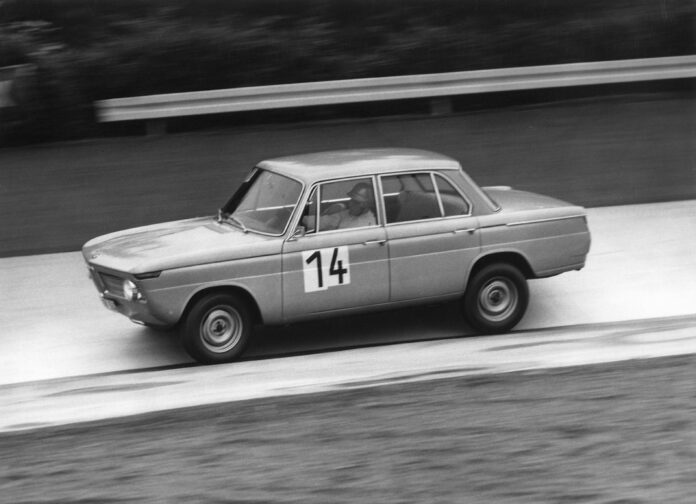
Customer interest in the midsize car, initially referred to internally as the “Mittelwagen,” was substantial, leading to around 25,000 pre-orders for the new model by early 1962. For the design, then-BMW design chief Wilhelm Hofmeister had consulted Giovanni Michelotti. Following its world premiere, there were a few minor design tweaks and a power increase to 59 kW/80 HP due to slightly increased compression. Driving the BMW 1500 revealed that the four-door midsize saloon offered not only generous interior space and a large boot but also moved rather briskly thanks to a kerb weight of around 950 kilograms. Such driving pleasure in the early 1960s was offered perhaps only by smaller models from England or Italy, not a midsize German saloon, which also shined in terms of its lightly Italian-influenced design. Despite all its sporty elegance, the 1500 was more fuel-efficient than most of its competitors. The 53-litre fuel tank allowed for ranges of around 500 kilometres, while still achieving a top speed of 150 km/h.
At that time, not only the engine but particularly the handling set new standards in the mid-range category. Development Chief Fritz Fiedler and Test Director Eberhard Wolff were responsible for combining a strut front axle with longitudinally mounted rear wheels for the first time, which were 14 inches in size rather than the initially planned 13 inches. Anyone who values spirited driving will still appreciate this today.
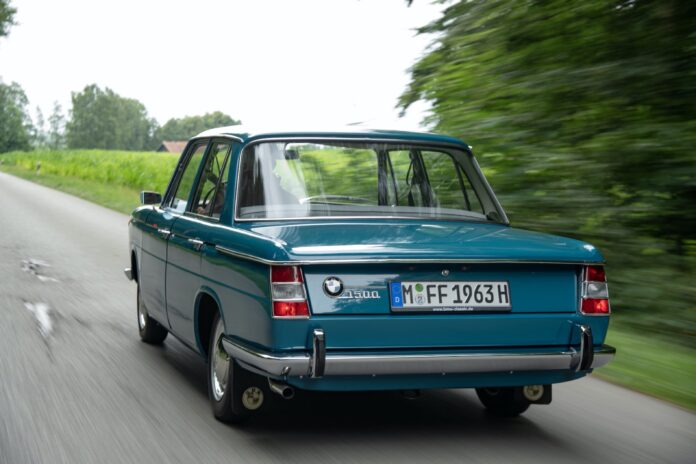
Therefore, it was hardly surprising that the New Class quickly made the jump into motorsports. In 1963, the BMW 1500 evolved into a family of increasingly sporty vehicles with the stronger siblings 1800 and 1800 ti. Above the 90 HP BMW 1800, the 1800 ti was positioned for particularly demanding customers, especially those abroad.
The top model, thanks to increased compression to 1:9.5, two Solex twin carburettors, larger intake valves, stiffer valve springs, a camshaft with extended valve timing and higher cams, produced 81 kW/110 HP at 5800 rpm. A larger, ribbed aluminium oil pan with a five-litre capacity ensured good oil cooling—ideal conditions for entry into touring car racing. Specifically designed for motorsports was the BMW 1800 TISA, which featured bucket seats, adjustable sports suspension, a five-speed gearbox, a 105-litre fuel tank, and a power increase to 96 kW/130 HP, making it capable of 192 km/h. Sales were restricted to licensed sports car drivers. For BMW, the New Class of the 1960s was a monumental success. Munich hopes for a similar outcome with the new electric generation, set to premiere in just under two years.




